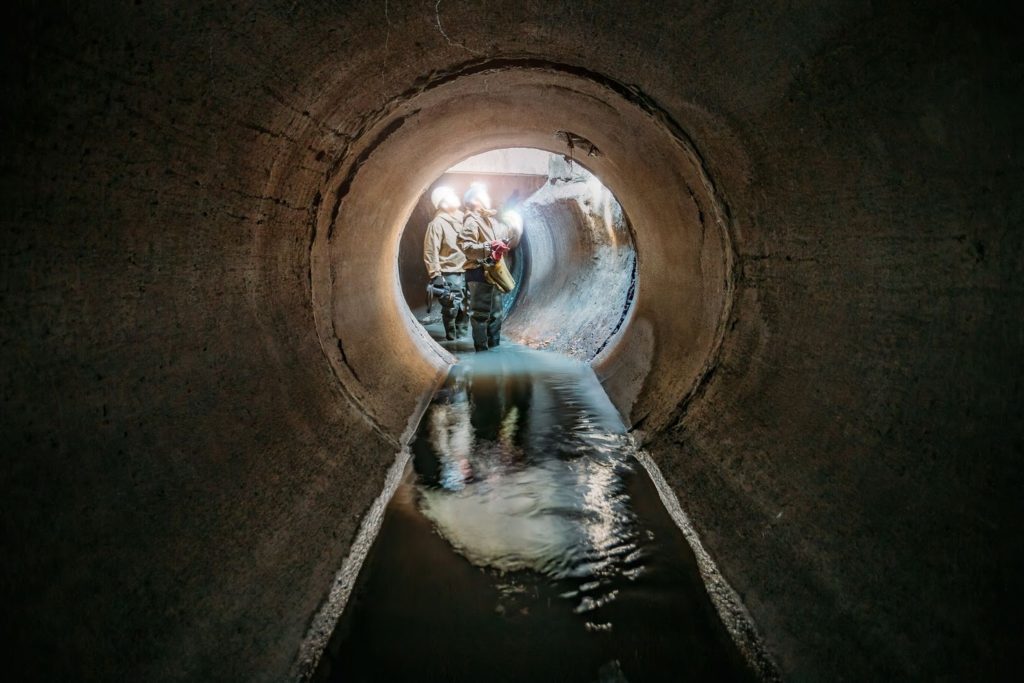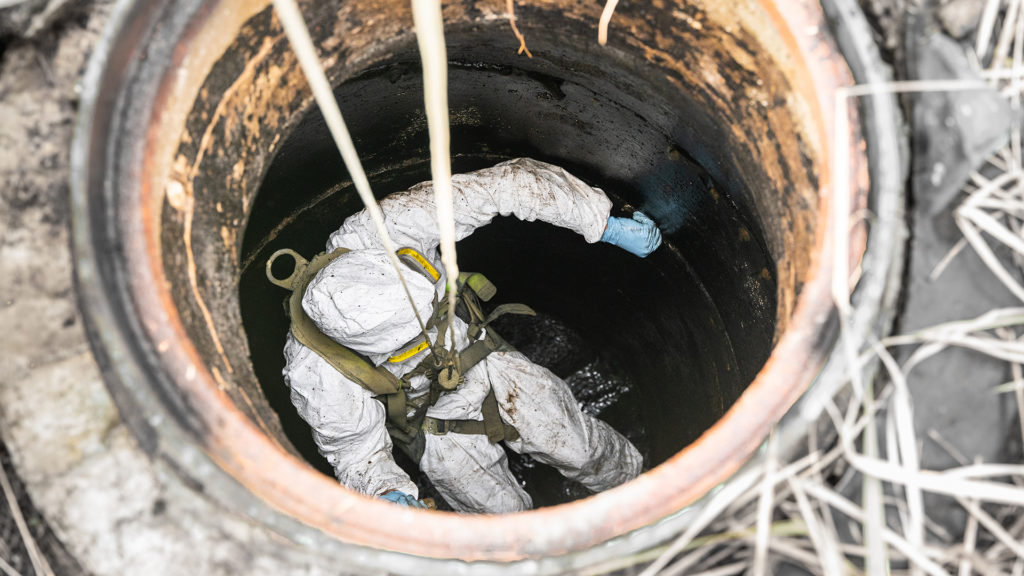A Contractor’s Guide To Manhole Construction And Repair
A manhole is a chamber that is underground and it helps to provide easy access to various utilities. This could include a sewer system, a drainage system, or anything similar. Through manholes, utilities can be modified, inspected, cleaned, and finally, maintained.

How are Manholes Constructed?
If you want to construct a manhole, then you will need to follow a set of specific instructions.
Excavation
The excavation for the manhole should follow the dimensions and levels set out in the plan or the drawings. The width of the excavation should give enough space for people to work freely below the ground.
Concrete
A concrete bed is then laid over where the manhole will be constructed. It needs to be between 20cm and 30cm thick for any manholes up to and over 4.25m in depth. If there is loose soil, then a special foundation will also need to be made to support the manhole itself.
Masonry
Bricks used for the construction of manholes should be part of the 7.5N class with a cement mortar ratio of 1:4. For circular manholes or arched-type manholes, the ratio should be 1:3. This would be 1 part cement to 3 parts fine sand. For manholes that have a depth of up to 4.25m, the walls should be around one brick thick. Manholes below this should be built with one and a half bricks in ordinary soil. If the manhole is below 9.75m, then the manhole has to be two bricks thick. The finishing should be smooth and the joint of the pipe and masonry should be leak-proof. The shaft in a circular manhole should be corbelled inwards to reduce the size of the general cover frame.
Pointing and Plastering
The inside of the manhole has to be plastered with 1:3 cement mortar and it needs to be 12mm thick. For circular manholes, the plastering should be up to the crown at a mixture of 1:2. Usually the outer side of the manhole isn’t plastered but if there is saturated soil, then the external side of the manhole will need plastering with 12mm thick cement at a ratio of 1:3. The inside should, of course, be waterproofed with a waterproofing agent.
Channel and Benching
In terms of manhole construction, benching, essentially refers to a path made out of cement mortar. It sends wastewater in a predetermined direction and stops waste from splashing, which can damage the manhole. The channels are constructed using a ratio of 1:2:4 and the finish is smooth.
Footrests
Footrests are included in manhole construction because they give easy accessibility for both cleaning and maintenance. Footrests are provided if the manhole depth exceeds 0.8m. The footrest is usually made out of mild steel or PVC. Any type of footrest, whether it’s mild steel or PVC has to be embedded 200cm deep. The footrest also has to be placed laterally and around 40cm apart in terms of height. The first footrest should be placed 450mm below the cover. A mild iron footrest has to be coated with coal tar to gain protection from corrosion.
Manhole Frames and Covers
Any manhole cover has to be watertight and gas-tight. Therefore, the manhole cover and frame will have to meet stringent requirements in regards to the type, the place of use, and the grade. After construction has been completed, the cover is sealed with thick grease.

Become a Trained Specialist through Sprayroq™
These construction techniques, while refined, have limitations, and Sprayroq™ can provide the repair or rehabilitation solution you need, while being quick and cost-effective! We have the products, equipment, and manpower to ensure that our infrastructure functions as intended for years to come.
To find out more about manhole rehabilitation, contact us today! We can help you become a Sprayroq Certified Partner, allowing you to bolster your career as a civil engineering contractor.
Want to find out more? Just give us a call at (205) 957-0020, or email us at info@sprayroq.com. Our team can’t wait to hear from you!

